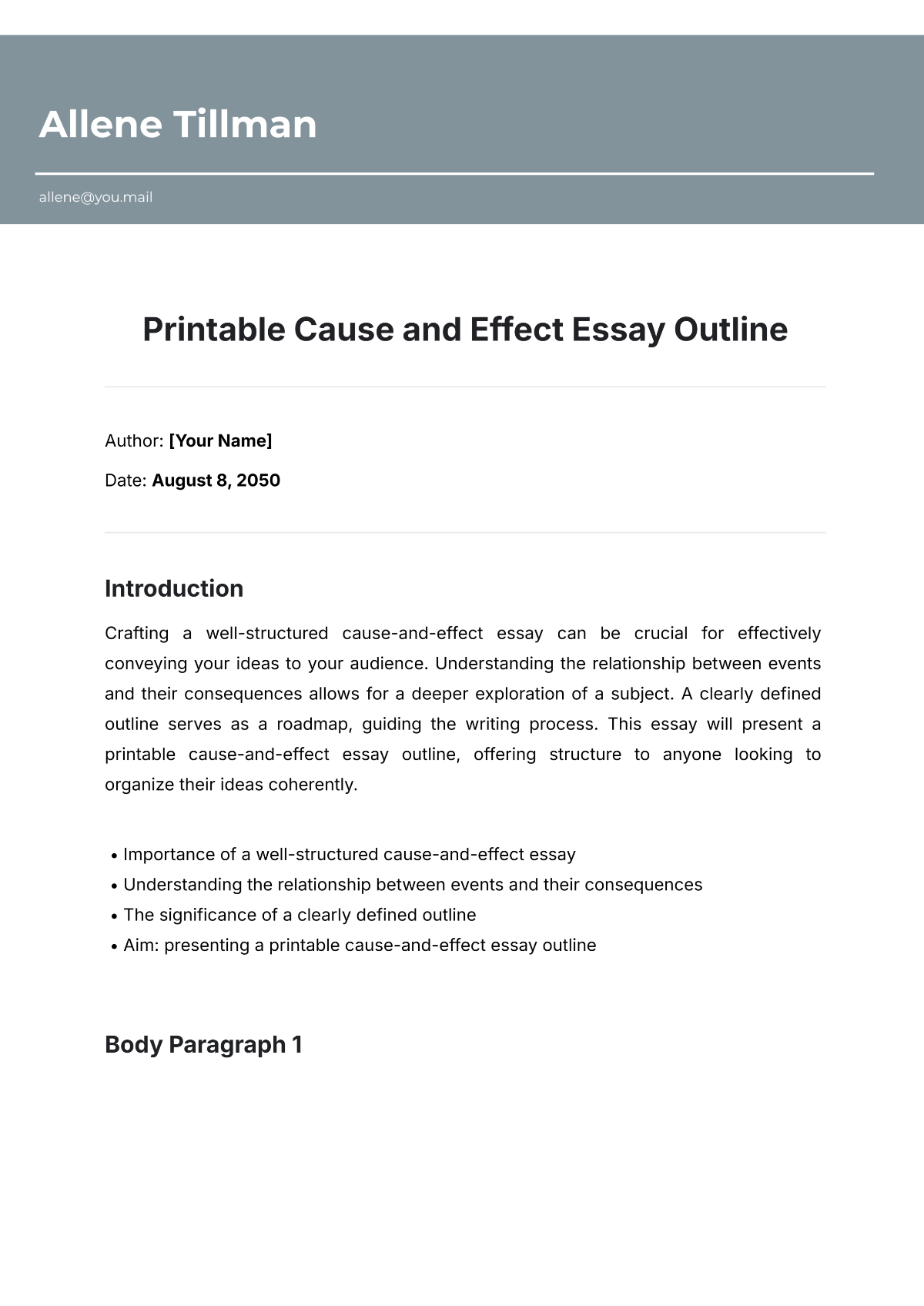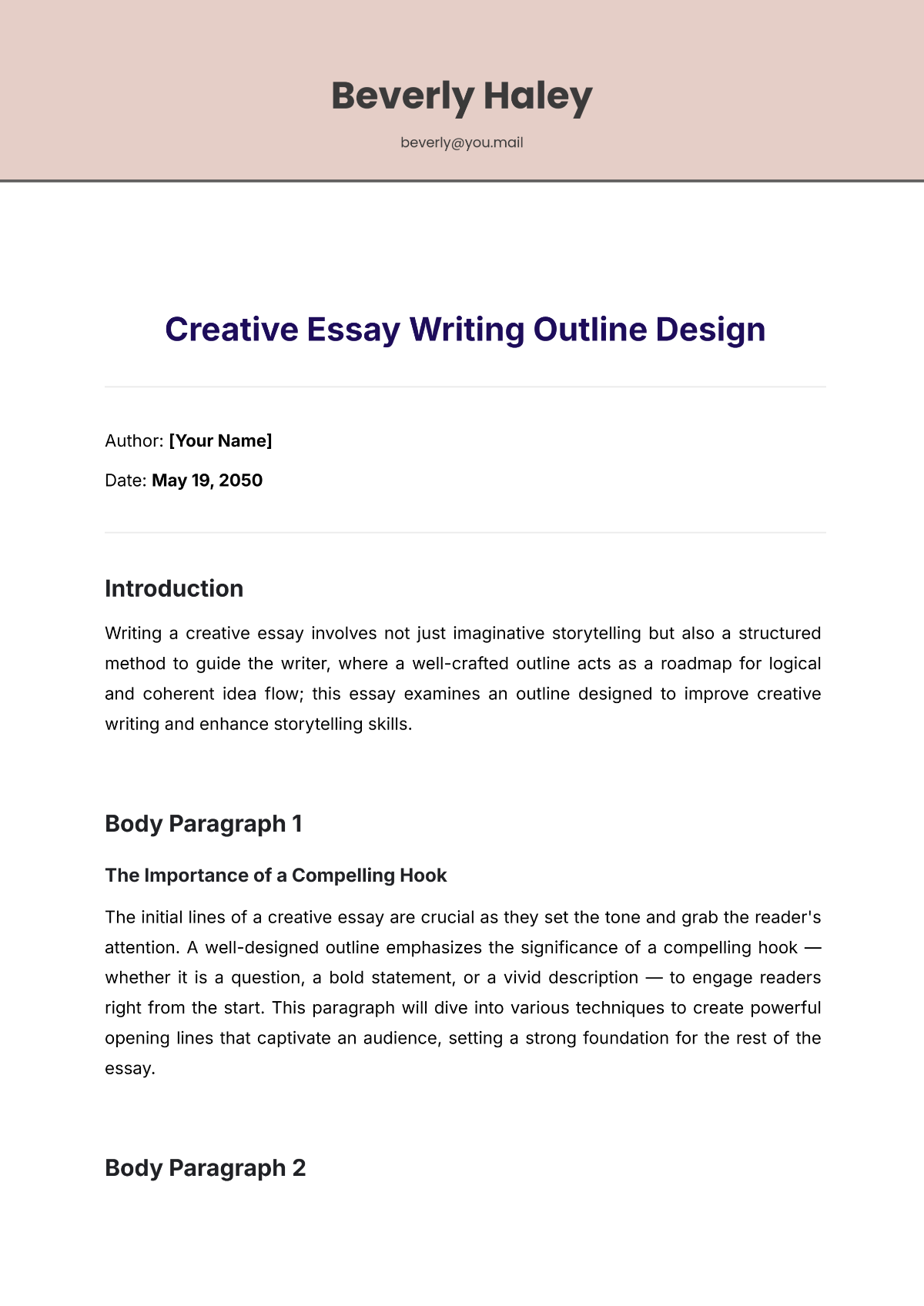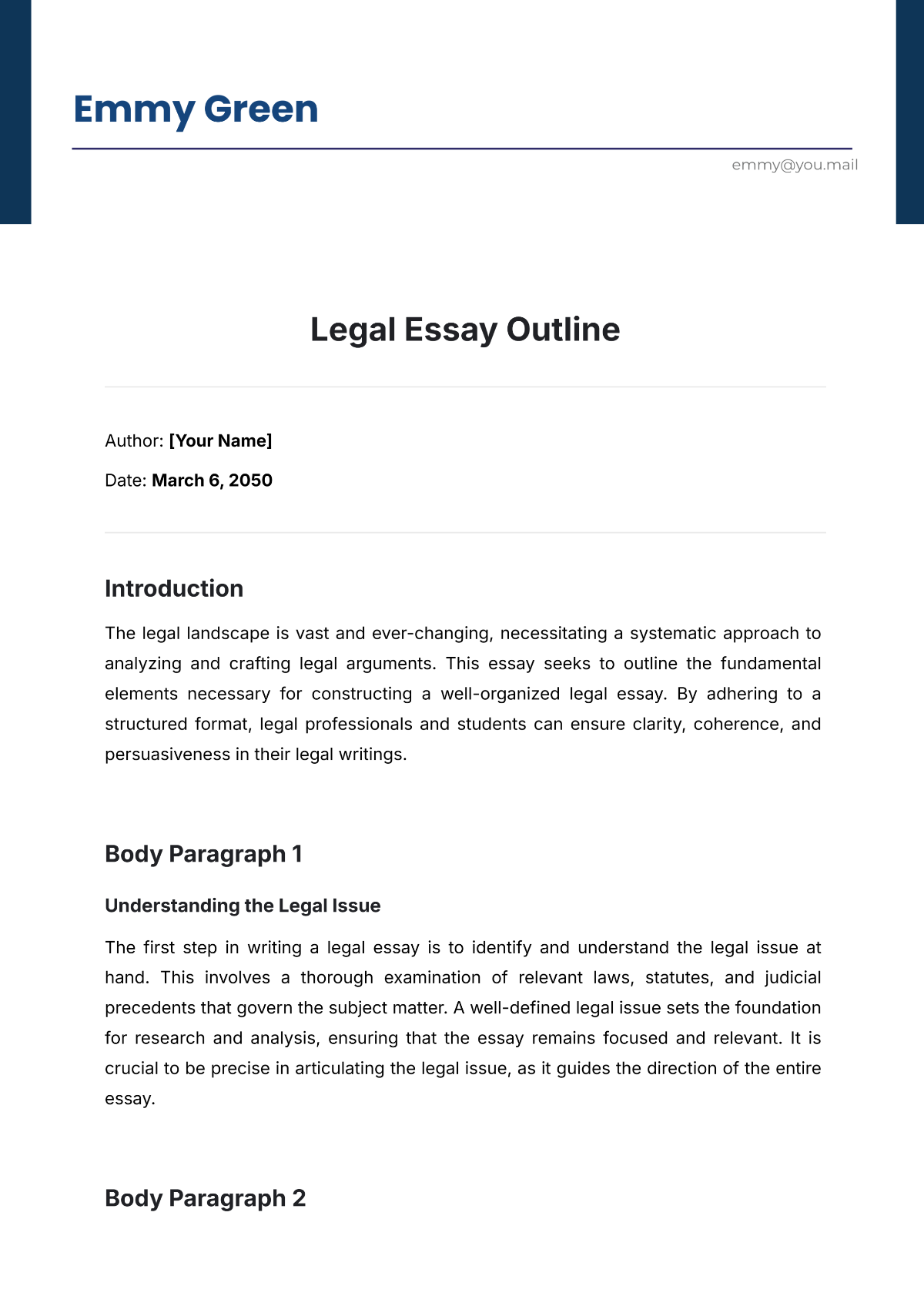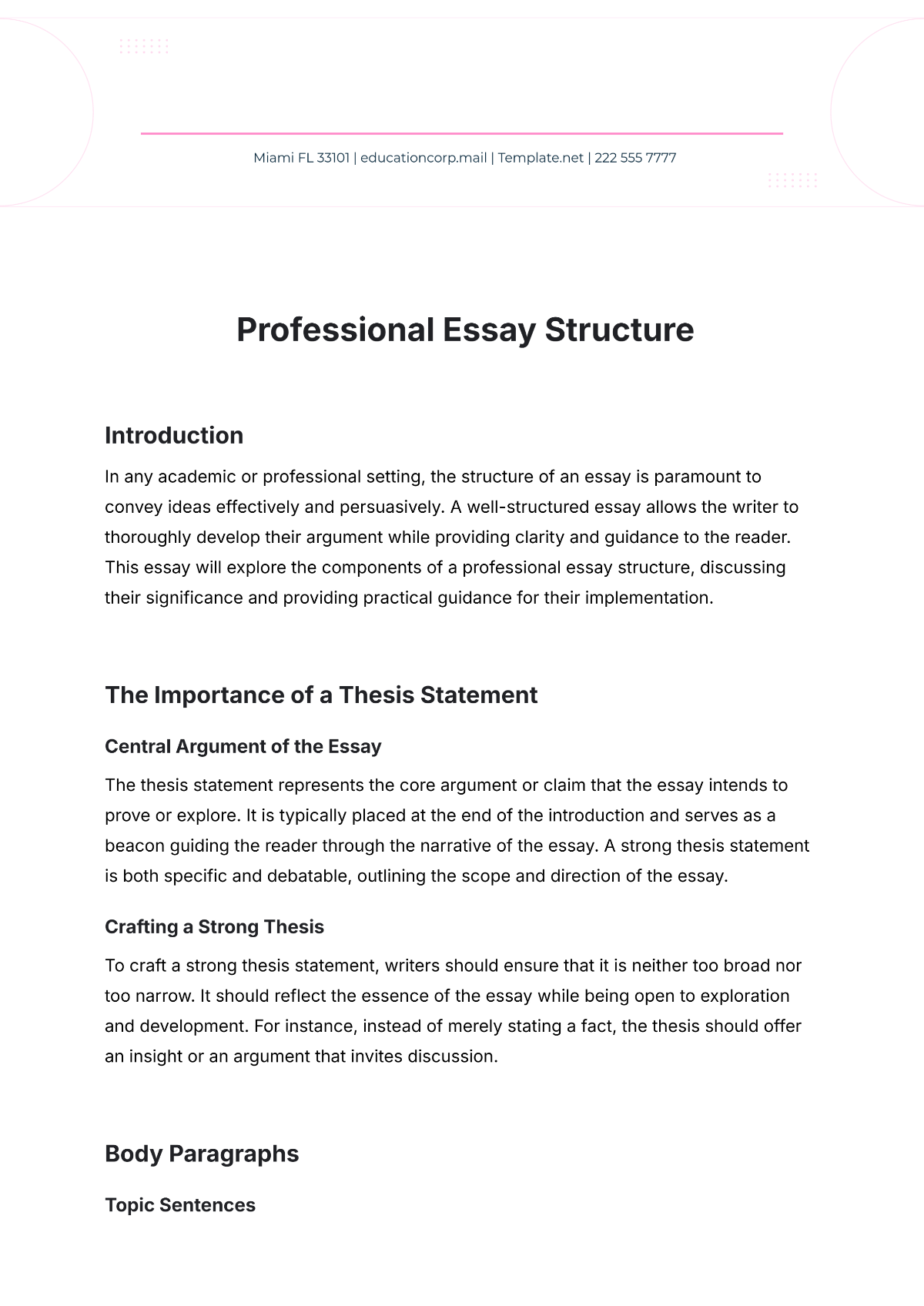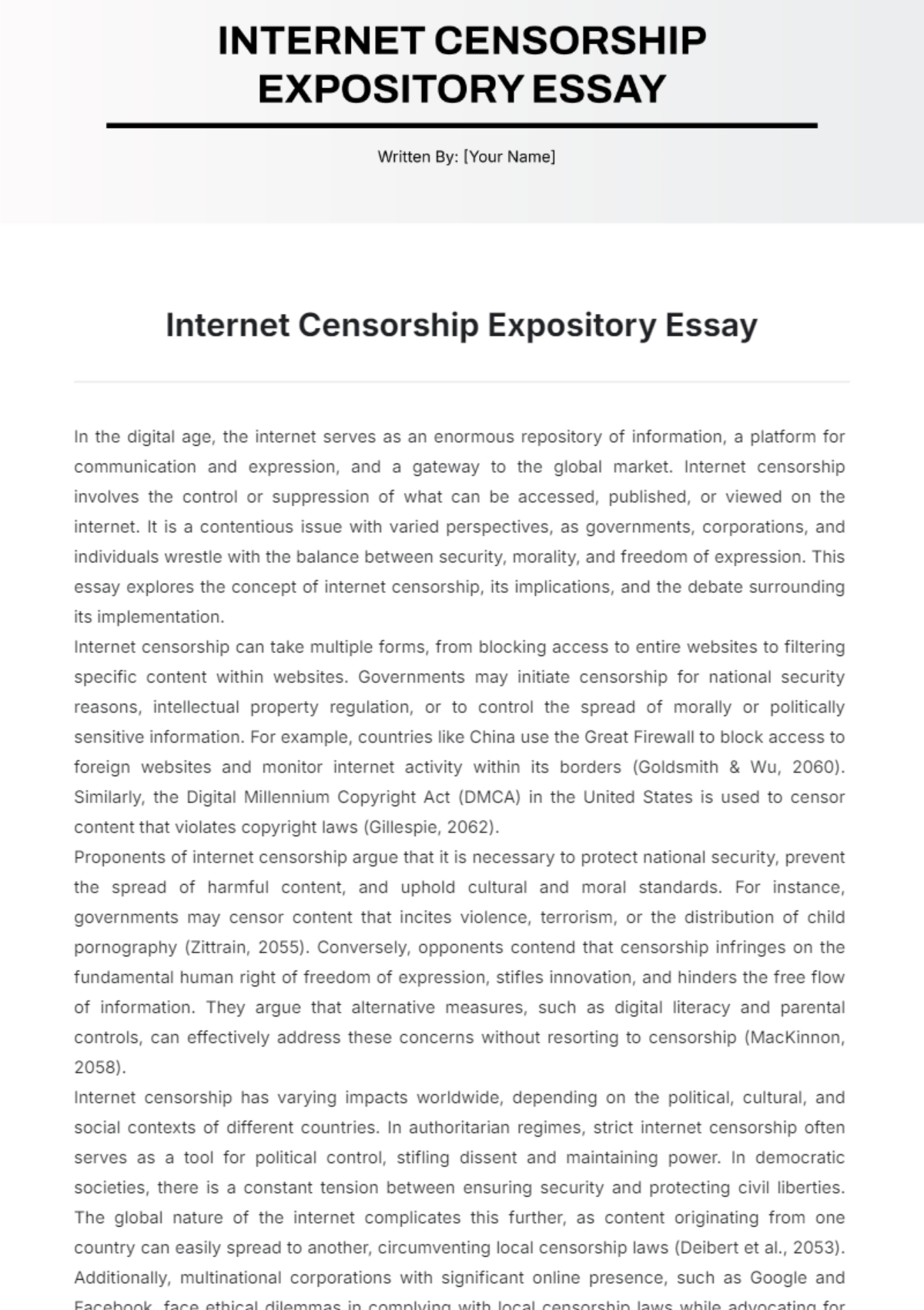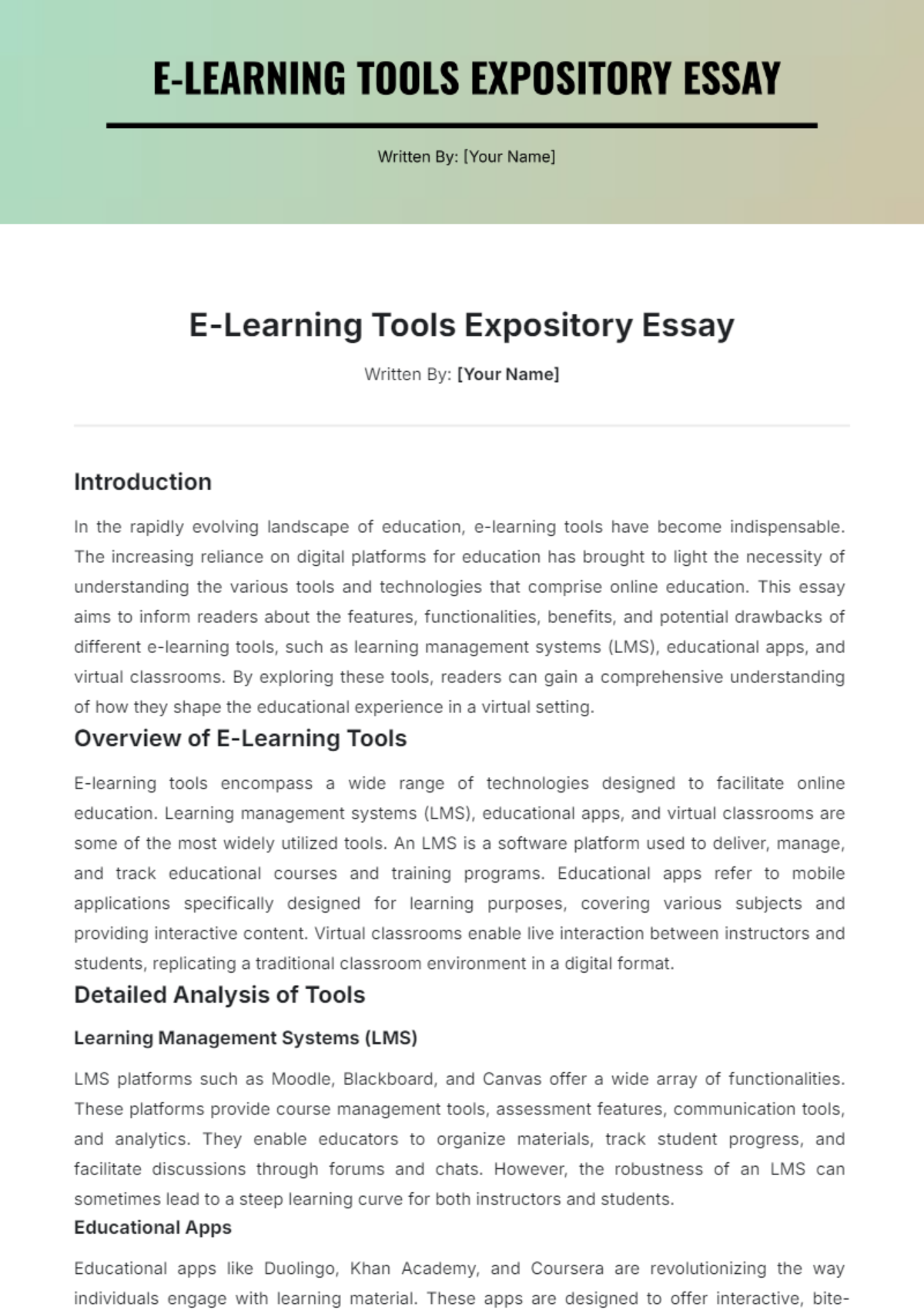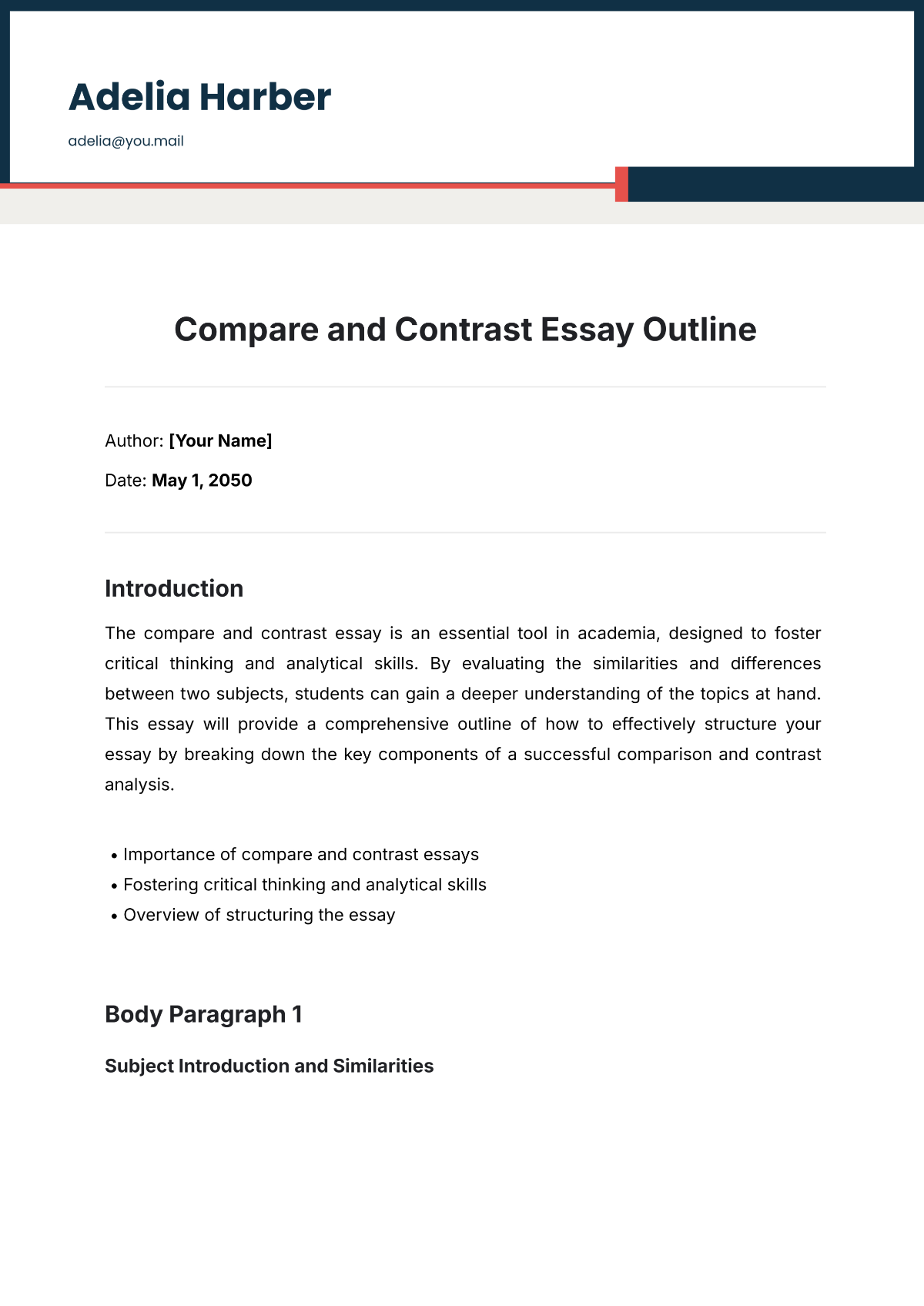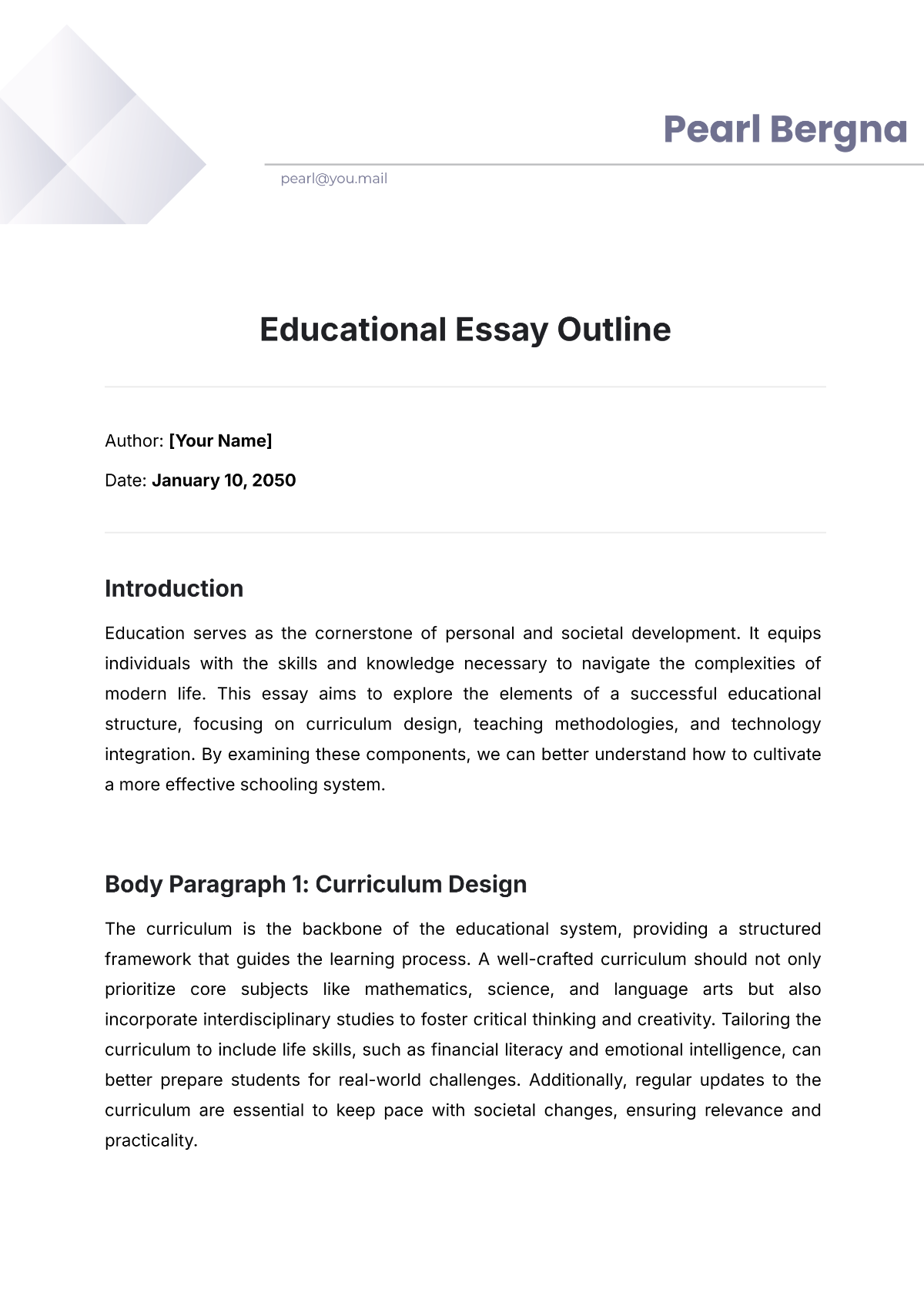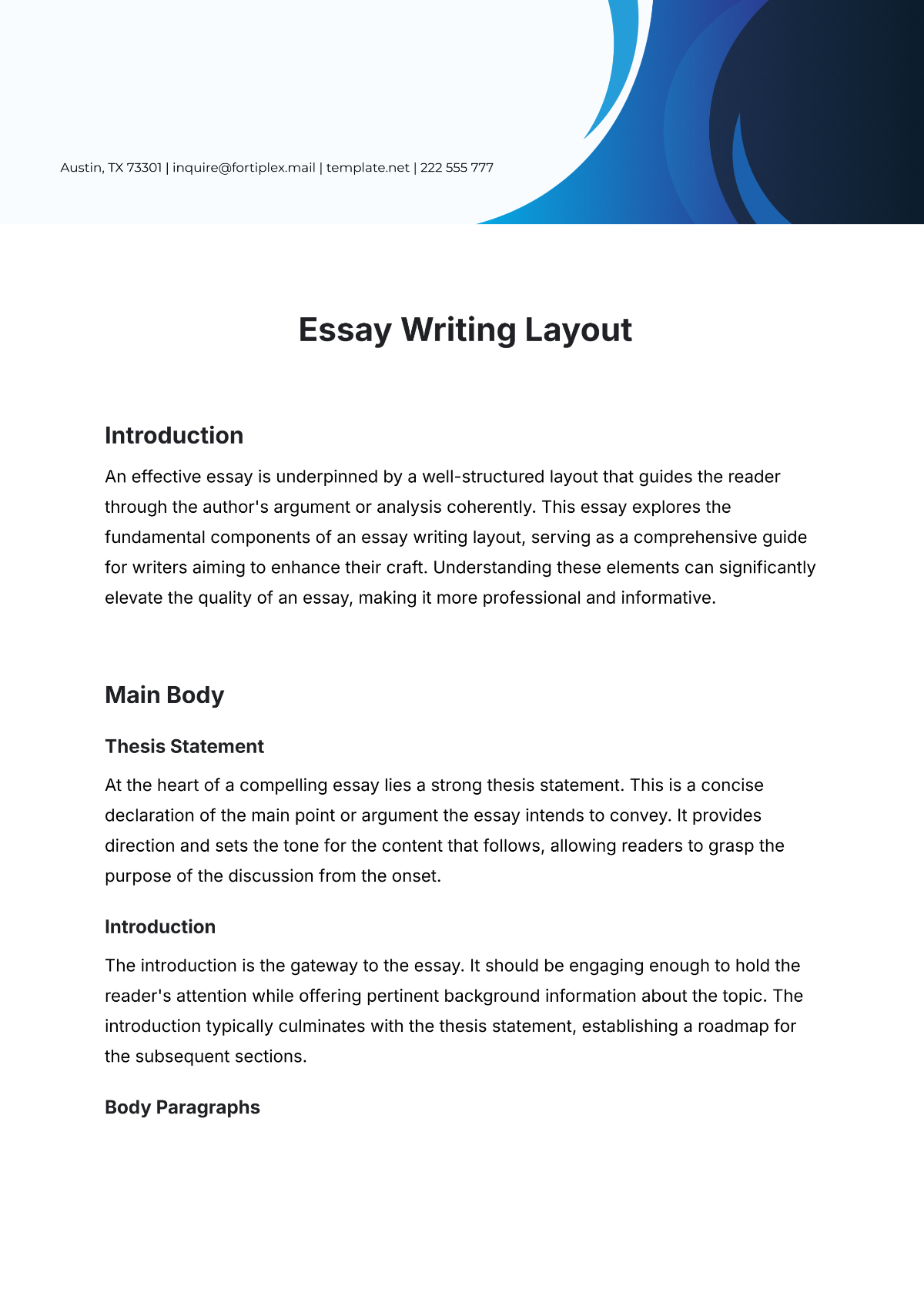Compare and Contrast Essay Outline
Author: [Your Name]
Date: May 1, 2050
Introduction
The compare and contrast essay is an essential tool in academia, designed to foster critical thinking and analytical skills. By evaluating the similarities and differences between two subjects, students can gain a deeper understanding of the topics at hand. This essay will provide a comprehensive outline of how to effectively structure your essay by breaking down the key components of a successful comparison and contrast analysis.
Importance of compare and contrast essays
Fostering critical thinking and analytical skills
Overview of structuring the essay
Body Paragraph 1
Subject Introduction and Similarities
Begin by introducing the two subjects you intend to compare and contrast. Provide a brief background for each to contextualize the discussion. In this paragraph, focus on the similarities between the two subjects. For instance, when comparing two novels, you may highlight common themes, settings, or character archetypes. Establishing these similarities provides a cohesive foundation for your argument and allows readers to recognize the connected elements of your analysis.
Introduce the two subjects to be compared and contrasted
Provide background information for context
Highlight similarities (e.g., common themes, settings, character archetypes)
Body Paragraph 2
Highlighting Differences
In the second body paragraph, shift the focus to the differences between the subjects. This is where you articulate how the subjects diverge in particular aspects, such as tone, style, outcomes, or perspectives. Using the same example of two novels, you might discuss how the conflict resolution varies or how the protagonists' journeys unfold differently. Drawing out these differences will demonstrate your ability to recognize and explain contrast, thus enriching the reader's understanding of both subjects.
Shift focus to the differences between the subjects
Articulate divergent aspects (e.g., tone, style, outcomes, perspectives)
Example: contrasting conflict resolution and protagonists' journeys in two novels
Body Paragraph 3
Analysis and Implications
With the similarities and differences laid out, delve into a more nuanced analysis of the implications of these observations. Discuss what the similarities and differences reveal about each subject's nature or the broader context they belong to. It is important to go beyond mere listing and explore the significance of your findings. What do these comparison and contrast points signify for the audience, and why are they valuable for deeper comprehension? This section should synthesize your analysis and add depth to your argumentative narrative.
Delve into the nuanced analysis of implications
Discuss what similarities and differences reveal about each subject
Explore the significance of findings and their value for deeper comprehension
Synthesize analysis and add depth to argumentative narrative
Conclusion
The conclusion should effectively summarize the main points discussed in your essay, restating the importance of your comparison and contrast. Reflect on what insights have been uncovered through your analysis and suggest potential areas for further research or consideration. Reinforce the thesis, underscoring how understanding the similarities and differences contributes to a fuller appreciation of the subjects. Finally, end on a thought-provoking note, either connecting your analysis to a larger theme or prompting the reader to consider the broader implications.
Summarize the main points discussed in the essay
Restate the importance of comparison and contrast
Reflect on insights uncovered through analysis
Suggest potential areas for further research or consideration
Reinforce the thesis and connect analysis to a larger theme or broader implications




